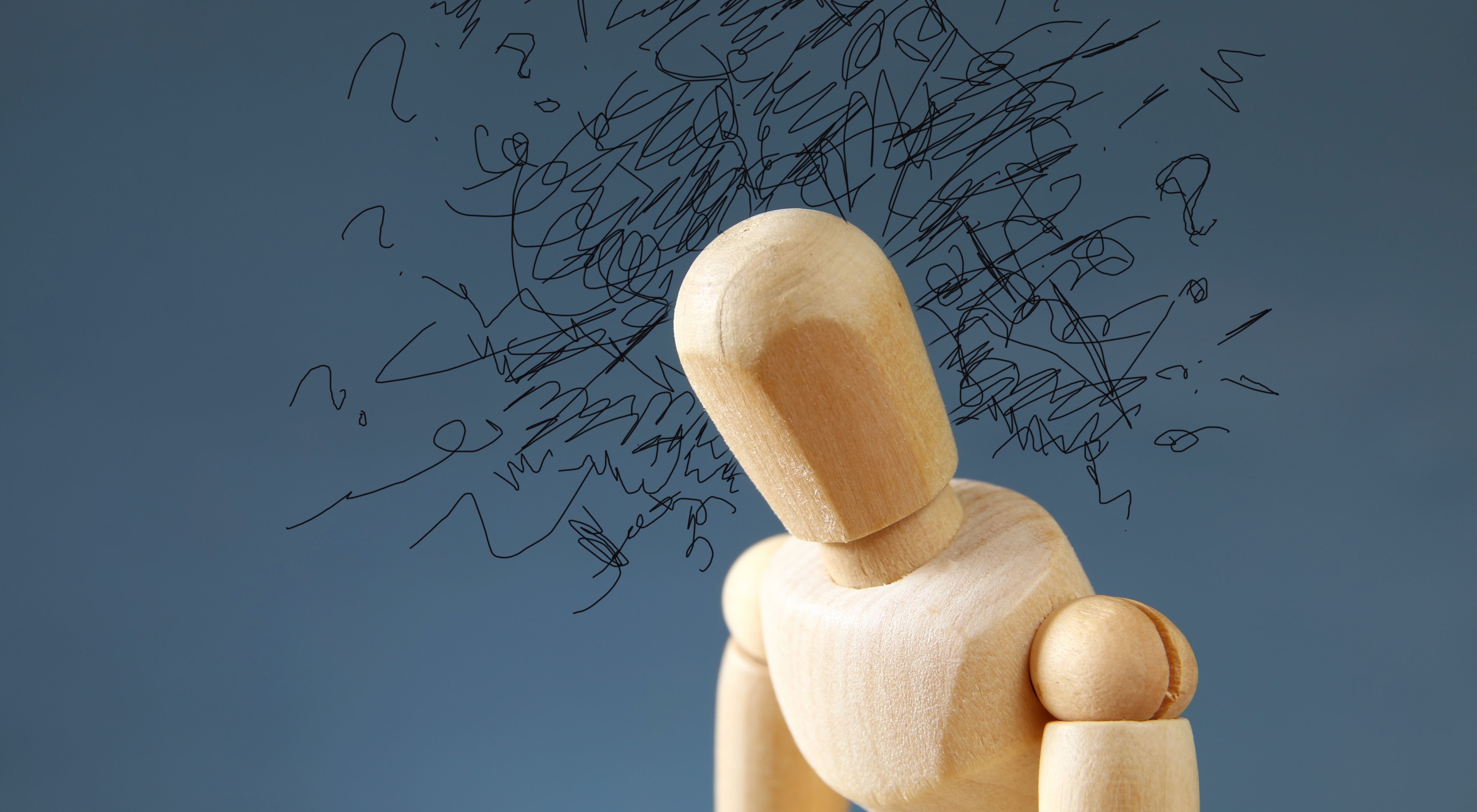Article
The Cue Card Patients with Cancer Hold During a Global Pandemic: Emotional Regulation
Author(s):
Patients with cancer have a unique skill that not only aids them through their own cancer journey but a global pandemic like COVID-19.
In my work as a social worker, I’ve been thinking about the capacity and abilities each of us has to withstand hard times amidst COVID-19. A huge part of my role in the medical field is examining the inner strengths and supports that individuals have that can be a major factor in carrying on amidst chaos.
My curiosity beckons me when I am working with someone that is processing a diagnosis, planning for treatment, undergoing treatment, recovering and oftentimes doing it all over again. There is a vibration, a tune that people I work with seem to be listening to, one that I can’t hear but I know is being played.
I think that the internal pulse, that methodical beat, is resilience. We hear a lot about resilience in conversations about battling cancer, and the dexterity it requires to fight the diagnosis. Resilience involves internal regulation of our reactions to difficult situations in order to survive.
I am wondering if people with acute and chronic illnesses, such as a cancer diagnosis, may have some, if not more, expertise in regulating emotions to live in this resilience, something called Emotional Regulation.
What is Emotional Regulation?
Emotional Regulation involves how we can manage and, in some ways, guide the emotions we have, good or bad. Knowing when to act on emotions and not act can work to our advantage and benefit us in the long run and can be a preventative measure. Emotional Regulation acts as a stabilizer, a referee for all of the emotional triggers and stimuli we experience every day.
Emotional dysregulation occurs when we struggle to moderate emotional stimuli and our responses don’t fall within socially accepted ranges, or helpful ranges. Our emotional responses can lead to risky behavior, addictive behavior to avoid these emotions we feel that we can’t control in attempts to feel better.
Am I saying that it’s bad to cry? Of course not.

What I am saying is that we can stand in the truth that we have the capacity and capability to regulate the state of our feelings and emotions without letting them take over and take us down. Overall, it can work in our favor to monitor how we react to emotional stimuli.
Adreanna Limbach, an Author speaking on The One You Feed: Befriending Our Difficult Feelings podcast(ep.328) was discussing the process of mindfulness in dealing with uncomfortable emotional states.
Limbach talks about how our minds look for exits, not from anything extremely distressing, but just enough to not have to be present, just enough to find “something a little better”. She gave examples like scrolling through social media, daydreaming or reaching for food
Our internal state of that ‘looking for an exit’, is a system we operate under in order to tolerate, cope and manage uncomfortable emotions. This internal process leads us into Distress Tolerance.
What is Distress Tolerance?
To give you an idea, distress tolerance can be defined as someone’s ability to withstand, manage uncomfortable emotions amidst triggers without reacting to those triggers in that present moment. When we have higher distress tolerance skills, we can more effectively cope.
“I find that I get better with planning for my symptoms of chemo. I know that after 3 days; I will get sick. I know if I hang on, just hang on for that day, it will pass. This was awful at first, but over time I have adjusted,” explained a patient. Whoa. How does this process happen for people?
If I can be blunt, I am proposing that people with cancer are actively using distress tolerance skills when they may not even realize it.
Distress tolerance is highlighted in a therapy framework called Dialectical Behavior Therapy (DBT). DBT, founded by Dr. Marsha Linehan, is an evidence based therapy that is often used to help with emotional regulation. DBT has been proven to radically impact individuals with Borderline Personality Disorder, suicidality, mood disorders and eating disorders. DBT finds itself revealing the importance of accepting negative emotions and balancing change-oriented work all at the same time.
Here are some elements of DBT I’ve picked up on in my work with people with cancer:
Defusing Thoughts
When we get too attached to negative thoughts or reactive to them, it can be unhelpful and increase suffering. Thought Diffusion, a mindfulness element of DBT, is an exercise of noticing the thought, and changing the framework of the thought, with the hopes of detaching from it.
For example:
“This will never end” vs. “I am having that thought that this will never end”.
“Today I am sad”. vs “Today I am noticing that I am feeling sad”.
Changing how we preface the thought can help us get “unstuck” from the thought. Increasing our ability to examine the thought, challenge the thought, and let it go. This increases our regulated state and can prevent us from unnecessary emotional pain.
Radical Acceptance.
“I am humbled by my symptoms from after chemo...there’s no way out of them”.
This is the point of this article that I recognize may come across as lacking empathy and compassion for physical and emotional pain, especially for an individual experiencing a cancer diagnosis.
Make no mistake, I do not write about Radical Acceptance lightly or as if I have it down.
Radical Acceptance is accepting life as it is, as it is completely. When we fight emotional pain and experiences, it can lead to suffering. We can see pain and see it for what it is and be less likely to suffer. I want to emphasize that this takes practice, practice, practice.
When we have acceptance, we are more likely to experience moments of joy, instead of avoiding feelings and emotions altogether. We can experience continual struggle when we are actively pushing away negative emotions. “I can’t feel like this now...I shouldn’t feel like this”.
Spiritual practice and exercising acceptance can be difficult during moments of physical and emotional pain. We find that through acceptance, there isn’t cognitive frustration that can lead to continual suffering. We let go of what we can’t control and leave room for hope and serenity.
Living in Radical Acceptance may look like a spiritual practice for you, it may look like journaling about what is happening in your life right
- Bringing an awareness of your urge to fight reality or painful emotions
- Turning your thoughts toward acceptance by just being willing.
- Moving into a physical posture of acceptance by relaxing your body, opening your hands in acceptance, or drawing a slight smile
Please note, Radical Acceptance doesn’t mean we’re giving up or living passively to our goals, challenges and choices. What it does mean is that we have space to live presently and live empowered, without the emotional and cognitive struggle that can come with fighting reality.
Distraction and Self-Soothing
“I think about what I do have in my life, what I can focus on. My grandchildren mean the world to me, and I will knit them hats until I get to see them next after all of this."
Feelings and thoughts will pass. Doing something else that brings you joy and requires attention can be really powerful and relief amidst emotional dysregulation.
I’ve witnessed individuals with cancer practice utilize self-soothing and self-care techniques on a daily basis to comfort themselves during treatment and emotional crises. Again, this takes practice, practice, practice and is a continual process.
A few examples of soothing techniques individuals have shared with me are taking baths, journaling, and muscle relaxation exercises.
The option of knowing what we can and can’t control is life-changing. We can see that with the pandemic, this is what the majority of the world is struggling with internally.
If you are going through cancer, I commend you, I commend you for your strength and ability to cope with distressing situations.
Your ability to accept life as it is, enjoy each day, and not avoid pain.
Your intentional efforts to challenge the status quo, to utilize realistic mindsets in order to live in resilience. If you’re reading this and you think this is meant for you, it is, this one’s for you.
I wonder if the relief and the answers we are seeking lie within us. I propose that we have what it takes to experience freedom and relief in our lives amidst emotional chaos and uncertain times.
When the global, collective anxiety is screaming at me ‘where’s the exit?”, I can look within and say the only way around is through.




